How to Use Doodle Notes to Explore Absolute Value
As student attention spans get shorter and shorter, teaching for long-term retention becomes more challenging. Students groan at the thought of taking notes and listening to a lecture, and yet in math class, it is inevitable that there will be some direct instruction each time we introduce a new concept. Today I want to introduce you to a new method of note taking, and provide a free sample to explore absolute value with your students.

*Please Note: This post may contain affiliate links which help support the work of this site. Read our full disclosure policy here.*
This is a guest post from Brigid of Math Giraffe.
Why Doodle Notes?
I believe in minimizing wasted time and maximizing focus and deep learning. So I want to be sure to battle this in a non-“fluff”-y way. I dove into the research on how brains process information and took a look at the strategies of graphic recording that were already out there.
I wanted to blend the benefits of graphic recording (sketch noting), graphic organizers, and mind maps. But I also wanted to add in some ways for students to integrate some of the analogies and memory triggers that I’ve always taught with in a more visual way.
I also wanted to be sure to structure guided notes in a way that offers an interactive experience without requiring students to draw or plan out the sketched layout themselves, since that can be overwhelming.
So I developed a student-friendly twist on visual note-taking: doodle notes!
Doodle notes are a great solution to a few of our current challenges in the classroom. They have been proven to boost focus, learning, and retention. Plus, there are added benefits of relaxation, energy, and even coordination!
Cross-Lateral Brain Benefits of Doodle Notes:
These benefits come from some really interesting brain research. Since math is based on logic & reasoning, most of the learning activity occurs in only the left hemisphere of the brain.

However, when we can integrate coloring, sketching, and doodling alongside the math lesson, we can then activate the right hemisphere of the brain as well.
The two brain hemispheres are separated by a bundle of neural fibers called the corpus callosum. When we can get a student’s brain activity to cross over that bridge, both hemispheres of the brain collaborate and communicate. Some amazing brain boosts occur.
Integrating the Two Brain Hemispheres Increases the Following:
- Memory
- Focus
- Relaxation
- Problem Solving
- Attention
- Creativity
- Energy
- Alertness
- Concentration
- Engagement
- Coordination
- Retention
These benefits occur even from just the most absentminded doodling in the corner of the page. This is why we remember what was said at a meeting better if we were doodling while listening.
Now imagine what can happen if we boost those doodles to the next level and make them purposeful! This is what doodle notes can offer for your classes.
When the fancy lettering is done as a vocabulary word, or the doodles create an image that leads to remembering a mathematical concept, the effects on learning are incredible.
If that research is not enough to convince you that students need to be engaging in some visual or artistic activity during note-taking, you can check out two more psychological theories.
Dual Coding Theory and Picture Superiority Effect both support the use of graphic or visual information being combined with text or language information.
Dual Coding Theory:
This research from the 70s found that the brain processes visual information in a completely different area of the brain from linguistic input. Meaning, as students receive new information, the images go to one area, and the brain processes them separately from any text, auditory, or language information.
It then sorts them in separate channels as short-term memory. However, if we can build referential connections between the two, then connections and understanding are created. That allows us to transfer the new information into long-term memory.
So, in order to truly learn the material and retain it, students need a blend of graphic and text/language input.
By using visual note-taking strategies in the classroom, students engage with text input on the page, receive auditory input from a lecture alongside the lesson, and interact visually with graphics at the same time. Blending these types of input sets them up for maximum retention of the lesson material.
Picture Superiority Effect:
This theory is based on the fact that an image has a stronger impact on the brain than text alone. When you see a stop sign, what registers first and most clearly in your brain – the text or the visual combination of the red and the shape? For most people, it’s the image.
But the combination is really the key. A good mix of text information blended with a memorable graphic offers the strongest signal to the brain.
Blending an image with text increases our ability to remember the individual concept, but also builds mental connections between ideas.
So when we are teaching a new vocabulary word, incorporating it into an image leads students to remember the term itself. But it also increases the understanding of its associations with the other content in the lesson.
This is why a good doodle note experience includes what I call “visual memory triggers.” These are graphics structured to incorporate text input. This blend of visual and language input is what sticks best in a student’s mind. They will remember the lettering fitting into the image, or the analogy that it taught them for a new concept:
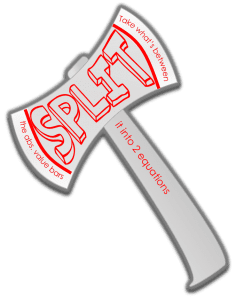
Explore Absolute Value with Doodle Notes:
Want to try doodle notes for yourself? Test this free set for Algebra which explores absolute value equations.
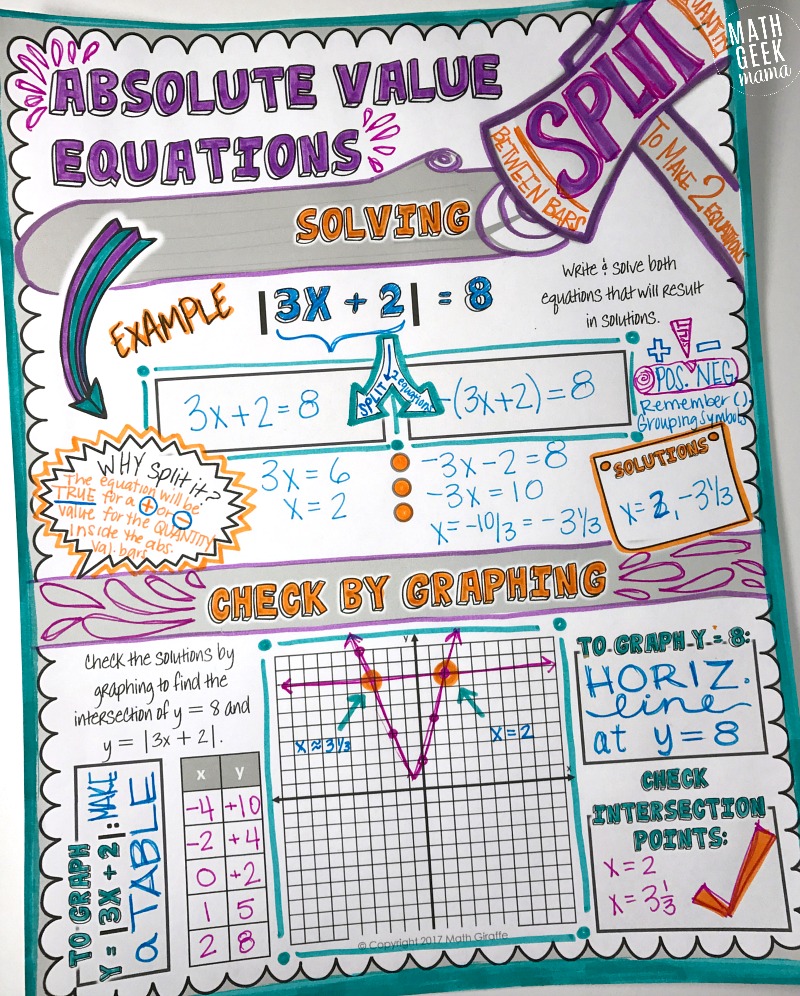
This free doodle note on Absolute Value Equations contains a reminder for students to look between the bars and split the equation into two – a positive and a negative version of that is inside the quantity.
They can draw in the “bars” on both sides of the ax to help them remember this strategy of splitting the equation apart applies only to equations with absolute value bars.
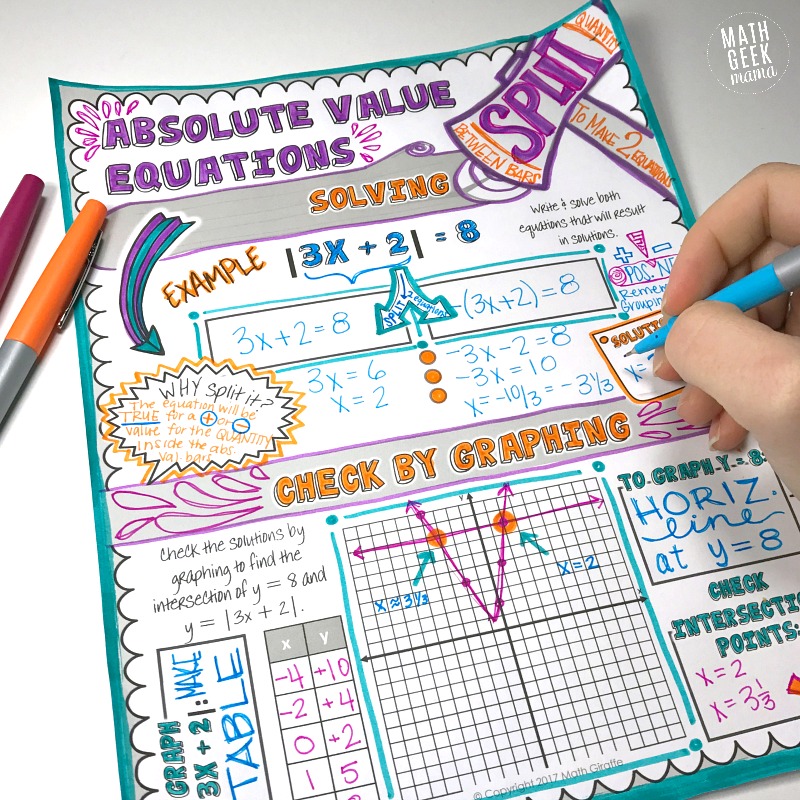
This free absolute value equations download includes 2 pages of doodle notes where students can write explanations as well as examples. The download also includes teaching tips and answer keys, making it easy and low prep for you!
I would also recommend starting with this Absolute Value lesson to help students understand the WHY behind the concept. This will give them a solid understanding to build upon, and then the guided doodle notes will help them retain what they’ve learned in a fun way!
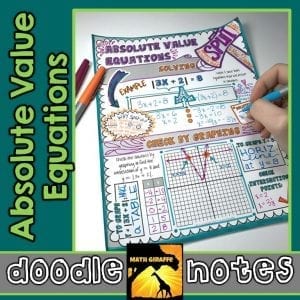
{Click HERE to go to my shop and grab the FREE Doodle Notes to Explore Absolute Value!}
It’s absolutely amazing to see the difference that this strategy is making. Even after knowing the brain benefits behind doodle notes, the impact still stuns me. Students truly get excited and retain the information better.
Want to try it out in your own classroom? I have some tips for implementing, plus resources to get you started. Learn more about making your own doodle notes, download pre-made doodle note sets, and get your free eBook: The Doodle Note Handbook at doodlenotes.org.
Brigid (Math Giraffe) has taught both middle and high school math and believes in blending the perfect mix of fun and rigor in the classroom. She believes in inquiry, visual note-taking, and deep thinking in math class. Her blog, mathgiraffe.com has tips for teaching, math lessons and resources, and more posts on doodle notes.


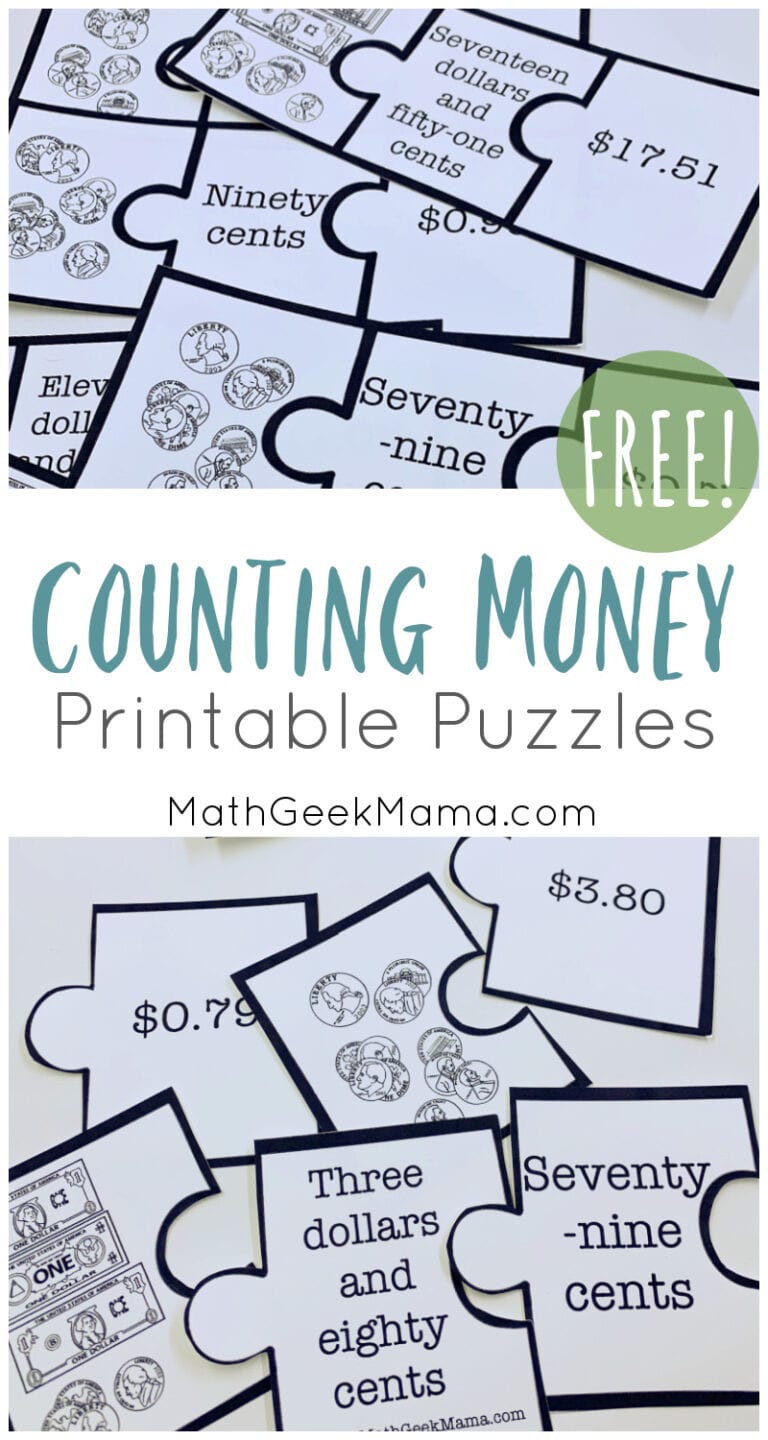
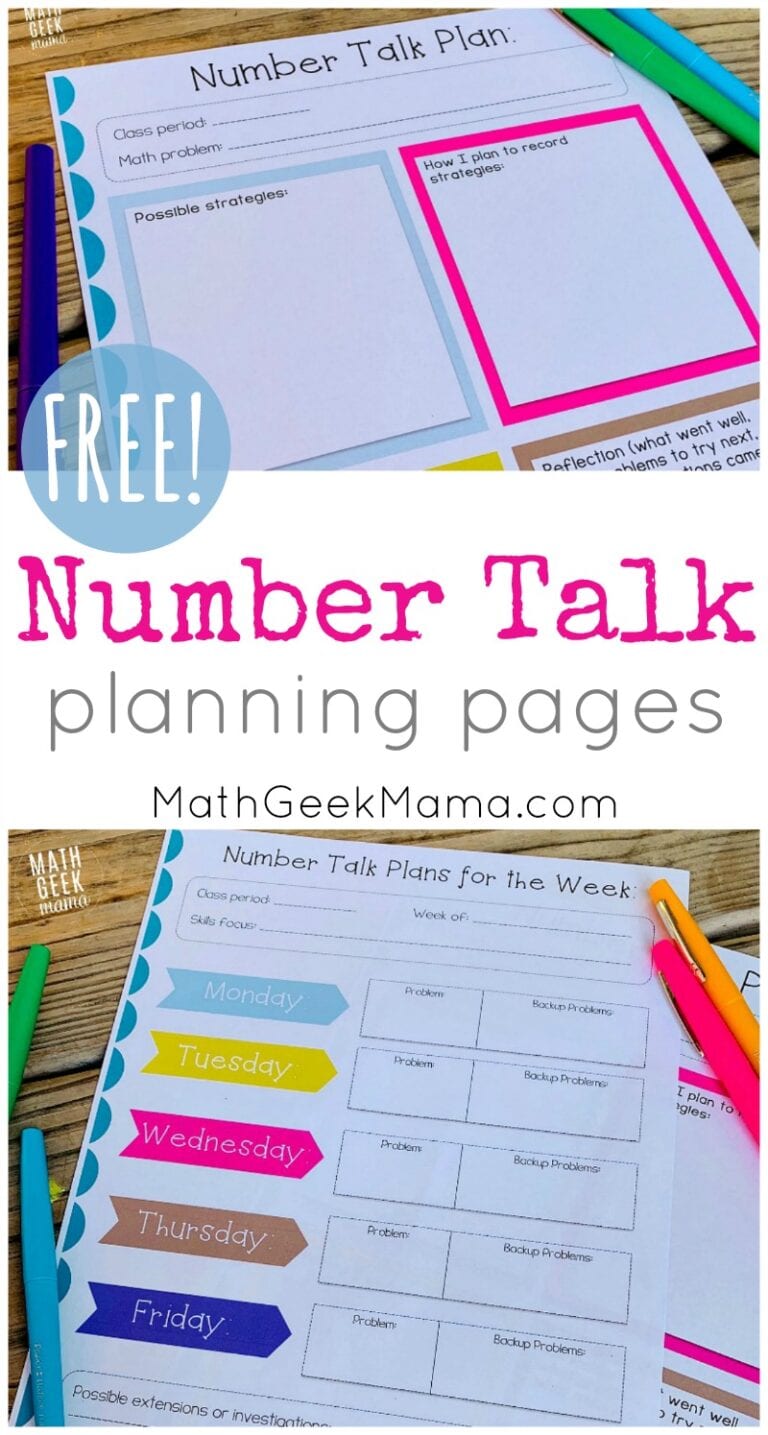
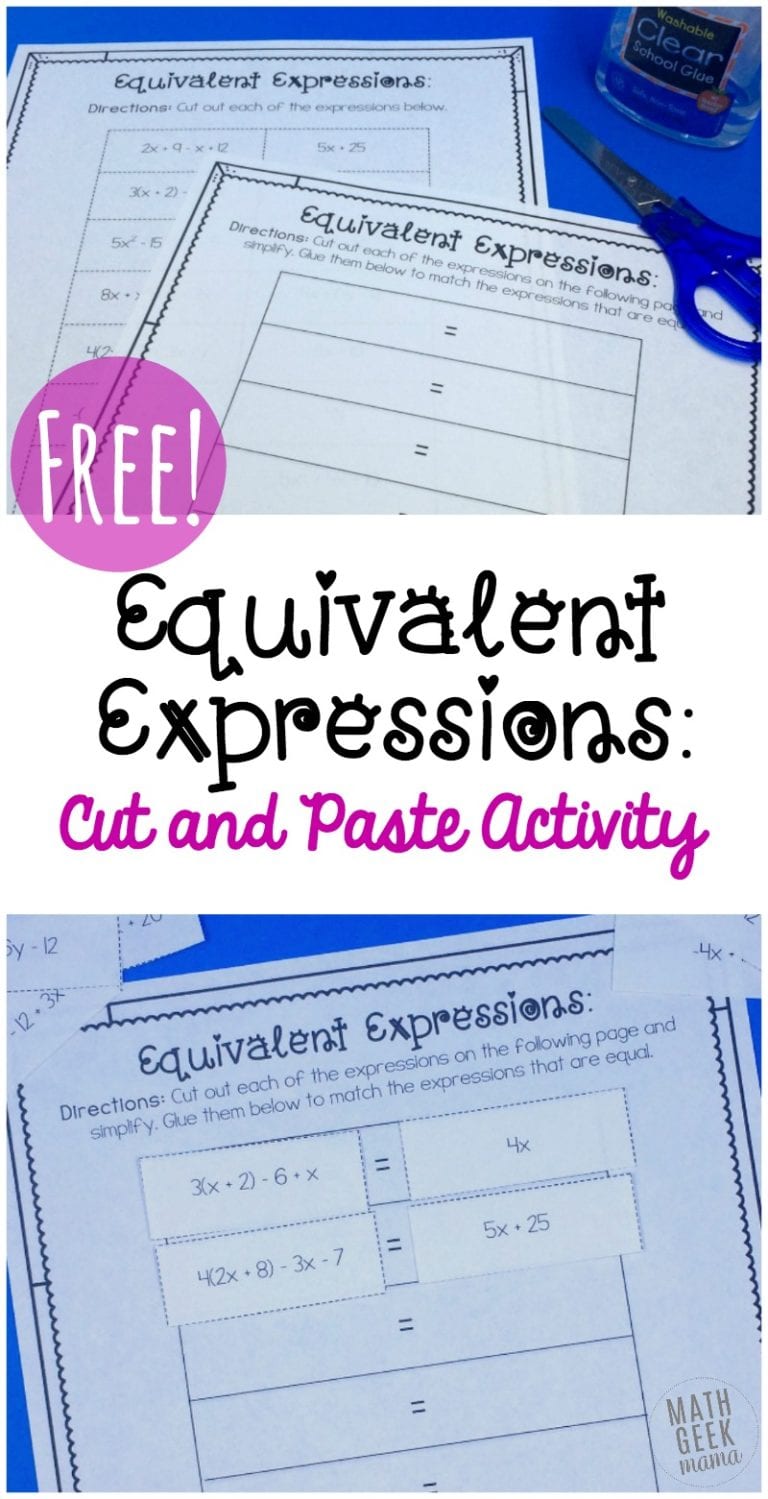
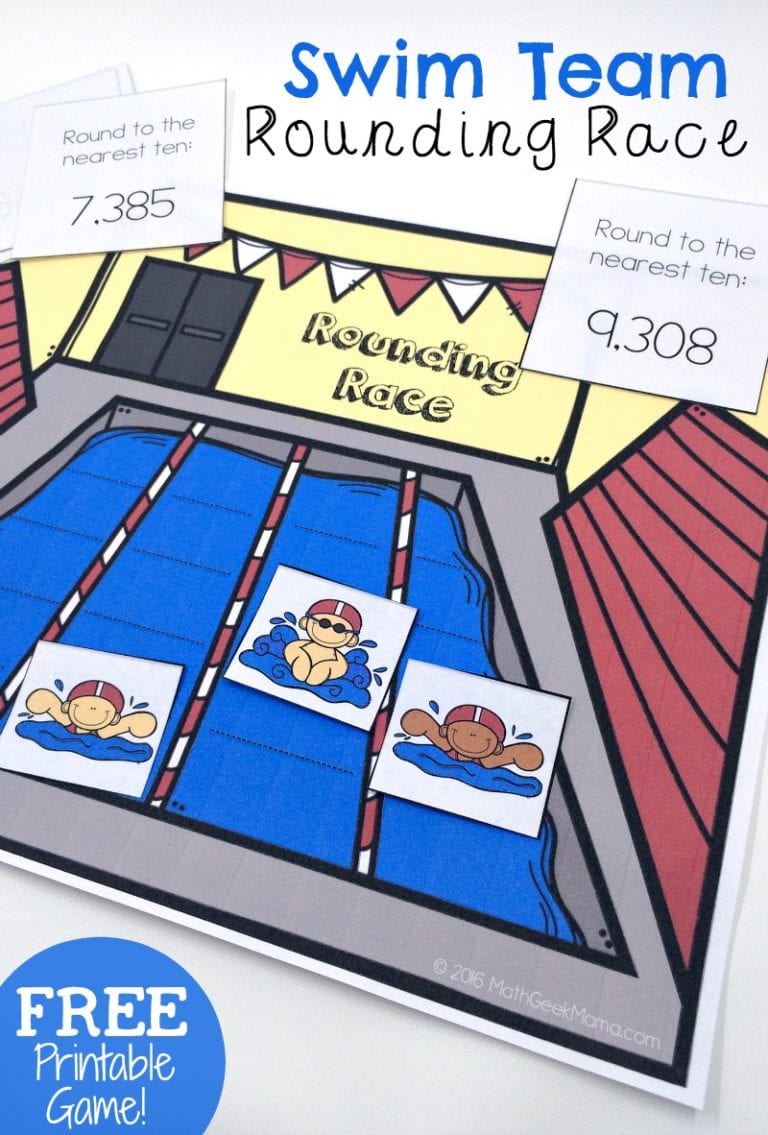
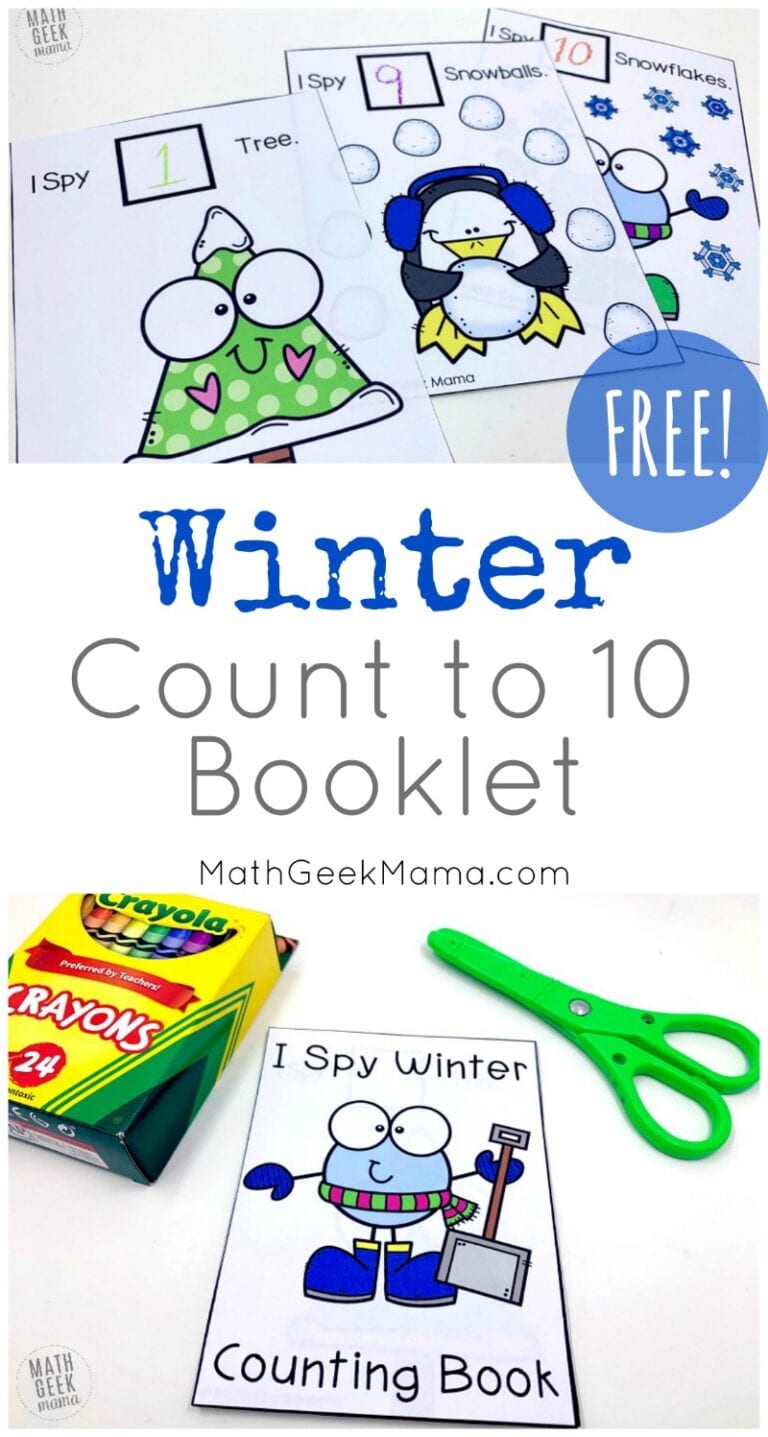
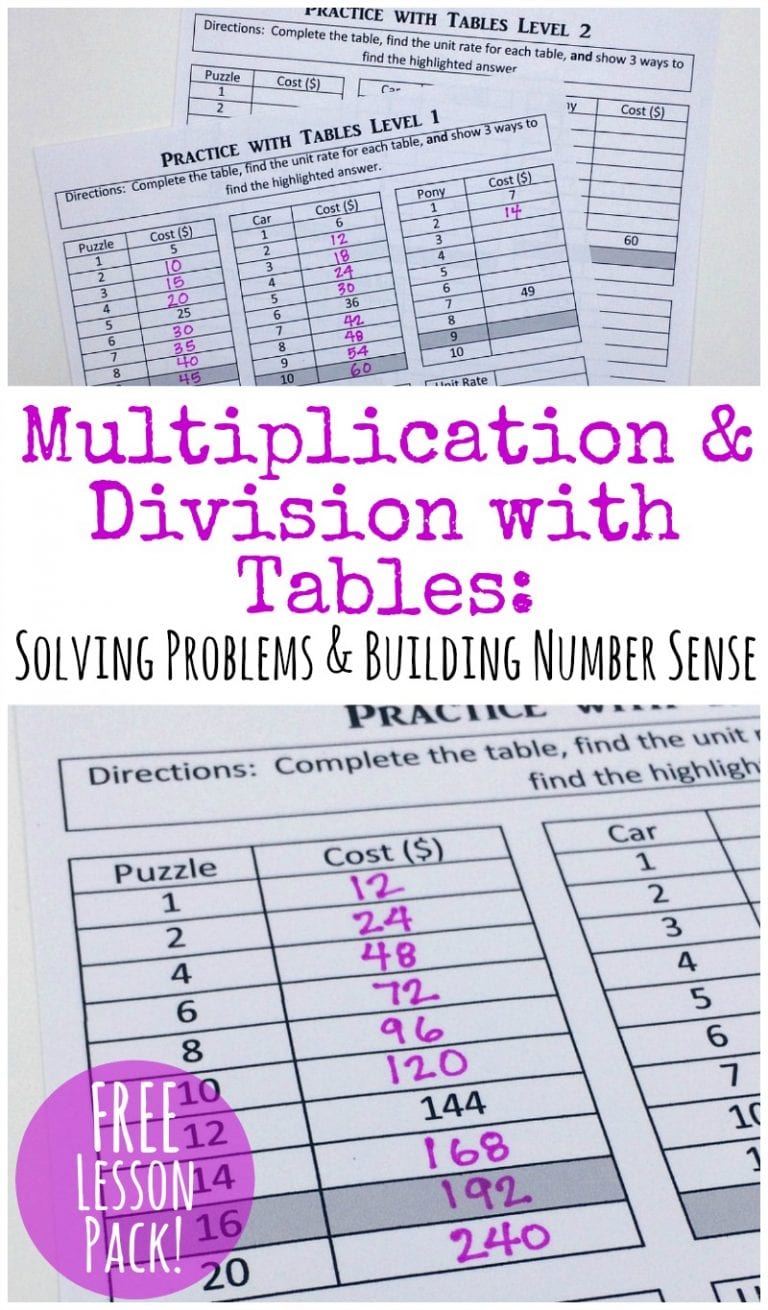




I am confused, is this your work or Math Giraffe’s? I found a pin on pinterest that implies that this is your work to share and has your logo on it. But this is clearly Math Giraffe’s product. If you have permission from her, then I stand corrected. But I find it hard to believe that she gave you permission to make a pin with her work with your logo.
Hi Tammy,
Thank you so much for your concern. You are correct, this post was written by Brigid at Math Giraffe, as it states in the post. She also created the doodle notes, specifically for my site and my readers, as a way to share her knowledge and ideas with Math Geek Mama readers. The download also clearly states that it was created by Math Giraffe FOR MathGeekMama.com. This download is not available on her site or in her shop, because she created it for my site and readers. I am not trying to claim that I wrote this myself, and I certainly did not steal someone else’s work. Again, thank you for your concern. If you have any other questions, feel free to contact me directly at mathgeekmama@gmail.com or contact Brigid at mathgiraffe.bd@gmail.com.
Thank you,
Bethany